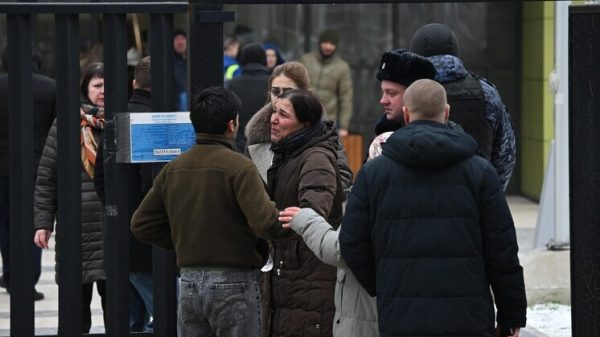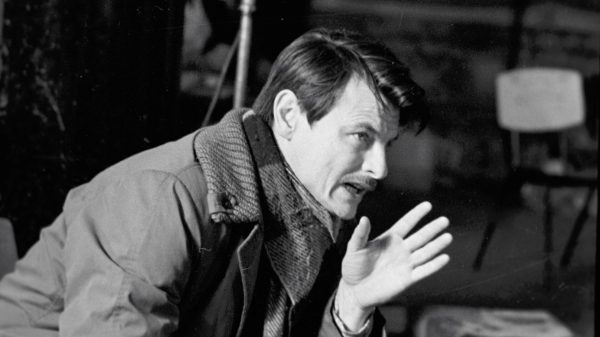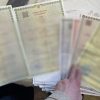The dollar jumped to 91 rubles. Such values were recorded for the first time since January 16. The euro has risen in price to 99 rubles. The last time the European currency was at this level was at the beginning of the month. At the same time, the Central Bank is now actively selling currency on the stock exchange, which should support the ruble. Total daily sales, as in January, reach almost 16 billion rubles. This is more than 10% of the daily turnover on the exchange. Why is the ruble going down despite this?
Deputy Director of the Analytical Department of Freedom Finance Global Georgy Vashchenko is not surprised by the slight weakening of the Russian currency: “There are no specific events that would cause the weakening of the ruble. The tax period ended on February 2, sales volumes became slightly smaller, and the market can be quite thin. Therefore, we are seeing a weakening of the ruble. While the dollar-ruble pair is trading in the corridor of 88-92 rubles. In my opinion, there is no cause for concern. And oil rolled back, a barrel of Brent now costs $78. This also apparently influenced the mood of speculators.
In early February, the Central Bank specifically increased daily foreign currency sales to almost 16 billion rubles. And this was done precisely to reduce the volatility of the ruble. But why didn't it work? Because the market is broken. The Bank of Russia sells not dollars, but yuan. The cross-rate mechanism cannot work effectively now. Deviations may be noticeable. Currency-dollar liquidity is much less than the yuan.”
According to experts, the ruble is also being put under pressure by increased discounts on Russian oil. They began to grow towards the end of the year, when US authorities began to monitor more closely the circumvention of the price ceiling for raw materials. According to the Ministry of Finance, the average price of Urals brand in December exceeded $64 per barrel, which is $8 less than in November. Current fluctuations in the ruble are easily explained by seasonality, says Renaissance Capital economist Sofia Donets:
“This is similar to the seasonality that has become traditional since 2022, when after the end of the previous month, when the supply of foreign currency associated with the conversion of export earnings is visible, we move to the beginning of the month, when the supply of foreign currency is less and the demand is greater. It is also associated with import operations. The next round is the middle of the month, when the demand for rubles increases slightly. And then, accordingly, a more positive moment in the second half of the month, and then we go on such rollercoasters again. It seems that this fits
that same seasonal model. It changed a little for us; sometimes other factors related to capital flows or the market’s reaction to certain sentiments and news dominated.
As for the prospects for the ruble, to be honest, we are not one of those who expected a significant strengthening in the first quarter, because the ruble is around 90 rubles. fully corresponds to the current raw materials situation. On the one hand, the first quarter will see slightly lower prices for raw materials, which we saw at the end of last year. On the other hand, Bank of Russia operations began supporting the ruble. But all this does not radically change the picture; the factors are rather in favor of stabilization around 90 rubles. or a little stronger.
Periods of strengthening will again occur in the middle of the month until the middle of the last ten days, conventionally, from 15 to 25. Expect some kind of specific strengthening, for example, by March, which is associated with the electoral period, it probably doesn’t make sense, because all the internal factors supporting the ruble were actually implemented before the end of 2023.”
According to Alfa Bank’s base scenario, by the end of 2024 the dollar may increase in price to 100 rubles. Analysts surveyed by the Central Bank expect that this year on average the Russian currency will trade at 92 rubles. dollar.
.






















































Свежие комментарии